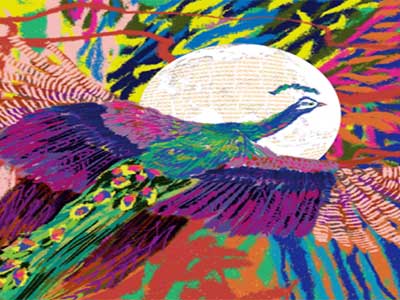When describing friendship cliques in their school, less than 4 percent of young people use ethnic or racial labels, reveals new research by the University of Cologne.
The study, conducted by Clemens Kroneberg, Professor of Sociology at the Institute of Sociology and Social Psychology, and Mark Wittek, investigated the use of ethnic and racial labels among 13-year-old students in Germany and found that in most cases they were rarely used.
The researchers conducted interviews with more than 3000 students across 39 schools and asked students to indicate which cliques they observed in their school grades and to describe these groups in their own words.
The study found that students were most likely to describe friendship cliques neutrally. After this, the most common way they perceived their fellow students was by their hobbies, if they were funny, or just in a positive way.
This revealed that even though friendships are more frequent between individuals of the same ethnicity, the younger generation seems to be more successful than adults at blurring such boundaries.
However, the study also finds that Muslim cliques with a high level of self-identification were more likely to be labeled in ethno-racial terms. Still, this was a rare occurrence.
“Our results call on people to rethink their assumptions about the nature of ethnic segregation in students’ social networks, as these findings add to recent studies that found ‘ethnic homophily’ to be less detrimental than often assumed,” says Professor Kroneberg.
The study was published in the Journal “Sociological Science” and was a part of the SOCIALBOND project funded by the ERC.


















Related Items
BSNL offers a mobile plan dedicated to students
Complex questions still need to be answered by people, not machines
Battle for Bihar: Struggle for power or people’s retribution?